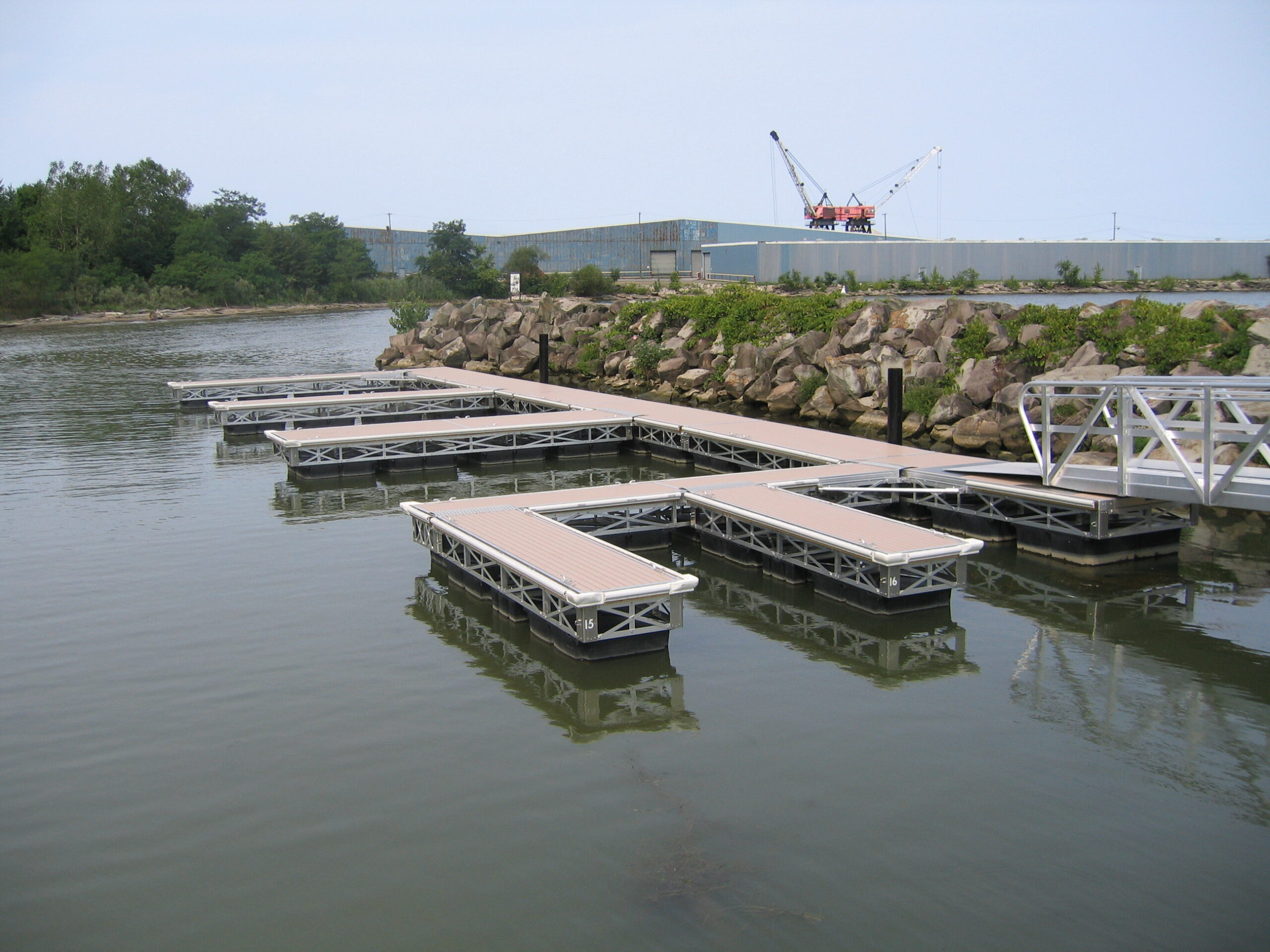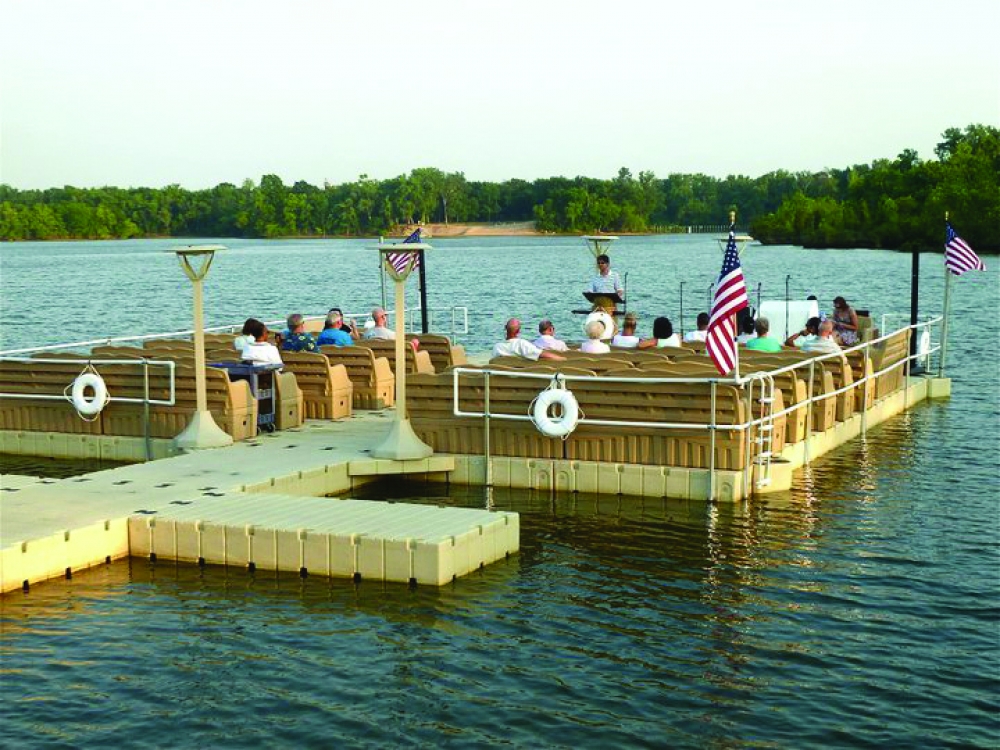Innovative Floating Docks: The Future of Beachfront Gain Access To and Entertainment
Innovative Floating Docks: The Future of Beachfront Gain Access To and Entertainment
Blog Article
Upgrade Your Waterside With Resilient Floating Docks
Updating your beachfront with sturdy floating docks can considerably enhance both performance and appearances, supplying a versatile service for different water activities. These structures are designed to adapt to rising and falling water degrees, making certain safety and security and ease of access throughout the seasons. With a variety of products readily available, consisting of low-maintenance options and typical timber, picking the best dock can enhance your personal design and satisfy practical requirements. However, understanding the nuances of installation and upkeep is critical for making certain long life and efficiency. When making this financial investment?, what aspects should you take into consideration.
Benefits of Floating Docks
Floating docks deal a wide variety of advantages that boost their appeal for different maritime applications. Unlike conventional set docks, floating docks increase and loss with the tide, ensuring consistent accessibility for watercrafts and watercraft no matter of environmental problems.
Furthermore, floating docks are simpler to relocate and set up, providing adaptability for seasonal or short-lived usage. Their modular style permits for personalization to fit particular requirements, whether for exclusive marinas, residential beachfronts, or business applications.
Furthermore, floating docks create minimal disturbance to the marine atmosphere, protecting neighborhood communities and minimizing the possibility of disintegration. They additionally offer enhanced safety and security and stability for individuals, as their buoyant nature provides a more forgiving surface area than rigid structures.
In addition, floating docks can assist in a varied series of activities, such as fishing, swimming, and leisure boating, making them a useful asset for waterside advancement. Their convenience and functionality make floating docks a favored selection for a selection of naval jobs.
Choosing the Right Materials
Choosing appropriate materials for floating docks is essential to their long life, performance, and general performance. When picking materials, take into consideration elements such as ecological direct exposure, upkeep demands, and structural stability. Common materials consist of timber, plastic, aluminum, and composite alternatives, each offering distinct advantages and drawbacks.
Wood, while aesthetically pleasing, requires routine upkeep to avoid rot and decay. Pressure-treated timber can improve resilience, however it may still succumb to water damages in time. Plastic floats, usually made from high-density polyethylene, are resistant to corrosion and need minimal upkeep, making them an attractive selection for low-maintenance applications.
Light weight aluminum is another sensible option, known for its toughness and lightweight homes. It is resistant to rust and can endure rough weather condition problems, although it may be extra costly than various other products. Compound products integrate the most effective features of timber and plastic, using a low-maintenance and resistant choice that resembles the appearance of wood without the linked drawbacks.
Inevitably, the selection of product ought to line up with the planned use, ecological considerations, and budget plan restrictions, guaranteeing a useful and durable floating dock that satisfies your particular demands.
Installation Process Summary
The effective installation of a drifting dock counts on mindful preparation and execution, making sure that it runs properly in its desired environment. The initial step entails examining site problems, including water depth, shoreline functions, and dominating climate patterns, which will certainly inform the dock layout and anchoring system.
Complying with the site analysis, the following stage is to great site prepare the floating dock elements. This consists of assembling the structure, safeguarding floats, and attaching any essential hardware. It is crucial to make sure that all connections are waterproof and durable to hold up against marine problems.
As soon as the dock is set up, the installment procedure begins with placing the dock in the water. This can involve a crane or other training equipment, particularly for larger structures. Appropriate placement is important for functionality and safety.

Maintenance Tips for Durability
Normal upkeep is vital for making certain the long life and optimal performance of a floating dock. To accomplish this, begin with regular evaluations a minimum of twice a year, focusing on the integrity of the dock's structure, consisting of the flotation protection devices and linking equipment. Look for indications of wear, damages, or rust, and attend to any kind of issues promptly to stop more deterioration.
Cleaning up is an additional critical aspect of maintenance. Eliminate particles, algae, and barnacles from the dock's surface to avoid unsafe conditions and keep aesthetic appeal. Use a soft brush and a mild cleaning agent description to prevent harming the dock's materials.
Furthermore, make sure that the dock is appropriately anchored and secured to stand up to seasonal modifications in water levels and weather. Inspect the anchoring system for security and make changes as needed.
Enhancing Your Outdoor Aesthetic
To produce a visually appealing outside room, including a floating dock can substantially boost the general aesthetic of your waterside residential property. Floating docks are not only practical yet can also function as a striking prime focus that enhances the all-natural environments - floating docks. Available in numerous materials and styles, these docks can be tailored to match your residential property's building design and landscape
The addition of attractive aspects, such as incorporated lighting or fashionable barriers, better raises the dock's aesthetic appeal. Think about making use of natural wood surfaces, which blend seamlessly with the environment, or choosing contemporary materials like aluminum or composite decking that offer a streamlined, modern appearance.
Purposefully putting planters or seating areas on or around the dock can develop inviting spaces that motivate leisure and satisfaction of waterfront sights. In addition, integrating shades and textures that balance with your landscape will certainly produce a cohesive aesthetic throughout your exterior area.

Verdict

Updating your beachfront with resilient floating docks can substantially boost both functionality and looks, offering a functional option for numerous water activities. Unlike standard fixed docks, floating docks rise and loss with the tide, ensuring constant ease of access for boats and my sources watercraft no matter of ecological conditions.Picking appropriate materials for floating docks is essential to their durability, efficiency, and overall effectiveness.As soon as the dock is put together, the installation process begins with placing the dock in the water.In summary, floating docks deal countless benefits, including adaptability to water degree changes and a selection of material choices.
Report this page